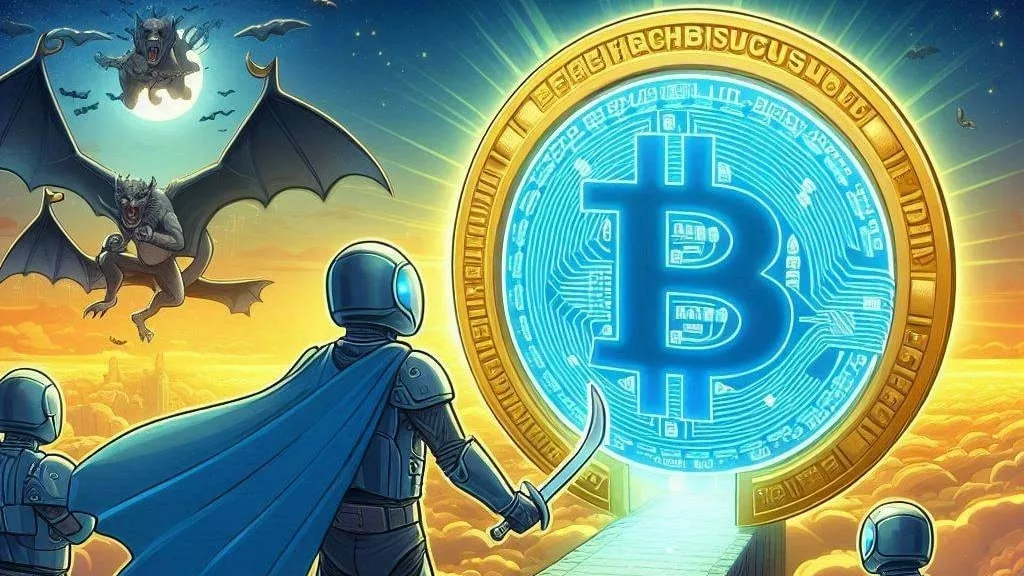
Bitcoin has been the cornerstone of the cryptocurrency market, holding the lion’s share of value and investor trust. However, the tides appear to be shifting as its market dominance weakens. Recently, Bitcoin’s share of the crypto market dropped below a key threshold of 50%, signaling increased competition from alternative coins, or altcoins.
This change is ignite discussions across the financial world. Does this represent a long-term transformation in how the crypto market functions, or is it merely a short-term phase in Bitcoin’s dominant trajectory?
Bitcoin was once synonymous with cryptocurrency, commanding over 90% of the market in its early days. Its dominance began to decline during the 2017 bull market, as new tokens like Ethereum introduced more advanced functionalities, attracting fresh investment.
Although Bitcoin reclaimed some ground during the 2020-2021 market surge, hitting around 70% dominance, it has struggled to maintain this level. Recent data indicates a steady decline, with its market share hovering around and now below the 50% mark.
This shift doesn’t necessarily spell the end of Bitcoin’s influence, but it does highlight the increasing appeal of altcoins as viable investment options.
As Bitcoin’s grip loosens, altcoins are stepping up to claim their share of the market. Major players like Ethereum (ETH), Solana (SOL), and TRON (TRX) are witnessing notable growth in both adoption and network activity.
Ethereum, with its focus on decentralized finance (De Fi) and non-fungible tokens (NFTs), continues to be a cornerstone of the altcoin market. Solana, known for its lightning-fast transaction speeds, is gaining traction among developers and investors alike. Meanwhile, TRON has emerged as a leader in payments and De Fi, boasting millions of daily transactions.
Stellar (XLM), another rising star, is strengthening its position in cross-border payments, demonstrating the versatility of altcoins in addressing real-world financial needs.
Several factors are driving the transition from Bitcoin to altcoins:
The surge in altcoin activity could indicate the beginning of a broader trend. While “altcoin seasons” have historically been short-lived and tied to Bitcoin’s performance, this wave seems more structural. The rise of altcoins reflects a maturing crypto market where various assets coexist and complement each other rather than compete directly.
Still, Bitcoin remains a vital part of the market. Its value as “digital gold” and its unmatched security make it a cornerstone for long-term investors. However, the growing interest in altcoins highlights the market’s evolving priorities, from pure speculation to real-world applications.
The current shift does not diminish Bitcoin’s significance but rather underscores the expanding ecosystem of digital assets. Investors now have a more diverse array of options, from Ethereum’s DeFi capabilities to Solana’s speed and TRON’s affordability in payments.
This trend may pave the way for a balanced market where Bitcoin and altcoins share the stage, each playing unique roles in the global financial system.
Bitcoin’s dominance is undeniably under pressure, but this change reflects growth and innovation within the cryptocurrency market. As altcoins like Ethereum, Solana, and TRON continue to capture attention, investors are exploring new opportunities beyond Bitcoin.
Whether this marks a lasting shift or a temporary adjustment, one thing is certain: the cryptocurrency market is entering a new phase of diversification and technological progress.



Get the latest Crypto & Blockchain News in your inbox.